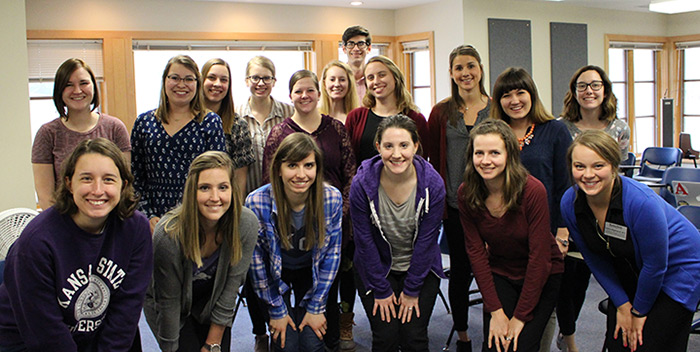Welcome
Communication Sciences and Disorders (CSD) is the academic program for the profession of speech-language pathology. It is for students interested in human communication (speech and language, reading, writing and hearing) and swallowing for individuals across the lifespan.
- The CSD program is in the School of Family Studies and Human Services within the College of Health and Human Sciences.
- The program offers both undergraduate (B.S.) and graduate education (M.S.) for the profession of speech-language pathology.
The master's education program in speech-language pathology at Kansas State University is accredited by the Council on Academic Accreditation in Audiology and Speech-Language Pathology of the American Speech-Language-Hearing Association, 2200 Research Blvd. #310, Rockville, Maryland 20850, 800-498-2071 or 301-296-5700.


